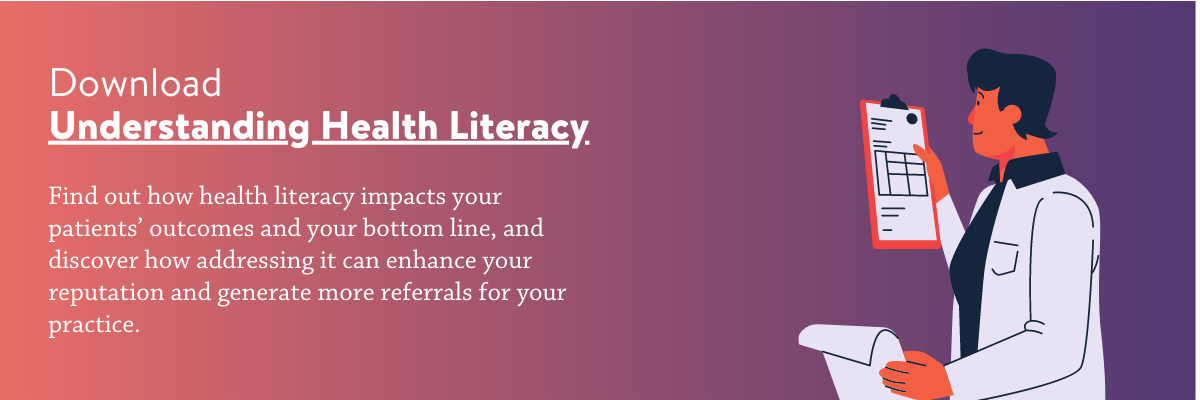Over the past couple of decades, the demographics of the U.S. population have changed considerably. The American “melting pot” metaphor has never been more appropriate, as racial and ethnic diversity continue to increase in our country. According to the most recent census data, the Hispanic population grew by 43 percent between 2000 and 2010, as did the the Asian population, which increased faster than any other major race group during that time.
Religious diversity is increasing as well. While the large majority of Americans — roughly 7 in 10 — continue to identify as Christians, other faiths are growing in the U.S. The number of Muslims and Hindus has inched up, rising from 4.7 percent in 2007 to 5.9 percent in 2014, reports Pew Research Center.
What does this mean for healthcare providers? A patient’s cultural background can have a profound impact on health care, and doctors need to be aware of this. More and more medical schools have integrated “cultural competency” into their curricula, reports the New York Times. Read on to find out more about how culture influences health beliefs, decision-making, and patient education.
Different cultures, different values
“Culture works at all levels,” says Dr. Arthur Kleinman, professor of medical anthropology and psychiatry at Harvard Medical School, in the New York Times article, “Bridging the Culture Gap.” “It affects health disparities, communication and interactions in the doctor-patient relationship, the illness experience, and health care outcomes.”
We know that doctor-patient communication is of utmost importance, and that literacy and language barriers can factor in. But being culturally sensitive is not limited to providing an interpreter for patients who require one. Many aspects of communication are non-verbal, and culture plays a huge role in medical interactions. Everything from eye contact to whom to address in the exam room can be affected by patients’ cultural backgrounds.
For more strategies on improving doctor-patient communication, see Patient Communication That Makes a Difference
For instance, among Asians/Pacific Islanders — a large ethnic group in the U.S. — the oldest male in the family is often the decision-maker and spokesperson, reports the web site EuroMed Info in an article titled “Impact of Culture on Patient Education.” In many Asian cultures, maintaining harmony is an important value, and conflict and confrontation are avoided. So patients may not voice their concerns or disagreement to their doctors; however, that does not mean that they will follow treatment recommendations. EuroMed Info advises doctors to ask patients open-ended questions and follow their lead about “appropriate ways to facilitate communication within families and between families and other health care providers.”
Hispanic populations also tend to respect and consult older family members when it comes to health decisions. Hispanics make up a large percentage of the U.S. Catholic population. Fully one-third of U.S. Catholic adults are Hispanics, reports Pew. Some Hispanic patients may have fatalistic views, believing that illness is God’s will, notes EuroMed Info, which advises doctors to learn about the cultural traditions of the patients they care for and remain nonjudgmental when patients’ values differ from theirs.
A recent article in the Nursing Times outlines key considerations of working with Muslim populations. These patients often have very specific privacy, modesty, and dietary requirements, including the need to avoid medication that contains alcohol.
Finally, many cultural groups, like older generations in general, may have a more authoritative view of healthcare professionals. They expect their doctor to tell them what to do rather than viewing themselves as partners in the health care decision-making process.
For more on this topic, see Health Care Decisions by Generation: How Do Patients Differ?
However, cultural competency shouldn’t be boiled down to a checklist. “What you don’t want is doctors carrying around plastic cards listing the five things you need to think about when you see, for example, an Asian-American patient,” Dr. Kleinman tells the New York Times. “What you want is the ability to inquire, to ask questions.”
Culture goes both ways
Awareness is the first step to achieving cultural competency in your practice. Doctors need to realize that they also bring their own cultural context to patient relationships, even if they don’t realize it. For example, in modern medicine, sometimes the focus can be more on the disease than the person with the illness.
“There are cultural issues on the patient’s side and the doctor’s side,” said Dr. Kleinman, “and both sides should be aware of that and be able to reflect on it in a self-critical way. Physicians bring their own cultural orientations to the relationship, even if they are from the ‘mainstream.’”
“I tell doctors that cultural competence is as important to the outcomes of their patients… as anything that they’re going to do in terms of pharmacology or surgical procedures,” says Gail Price-Wise, MS, president of the Florida Center for Cultural Competence, Inc., in a video for Think Cultural Health (TCH), a government initiative sponsored by the Office of Minority Health. Every step of the care process, from getting an accurate medical history to developing a treatment plan that the patient understands and is motivated to follow, requires trust and a good relationship between the provider and the patient, she says. “And that is completely dependent on the cultural competence of the provider.”
THC offers a number of tools and resources, including “A Physician’s Practical Guide to Culturally Competent Care,” a self-directed online training course that qualifies for CME credits.


